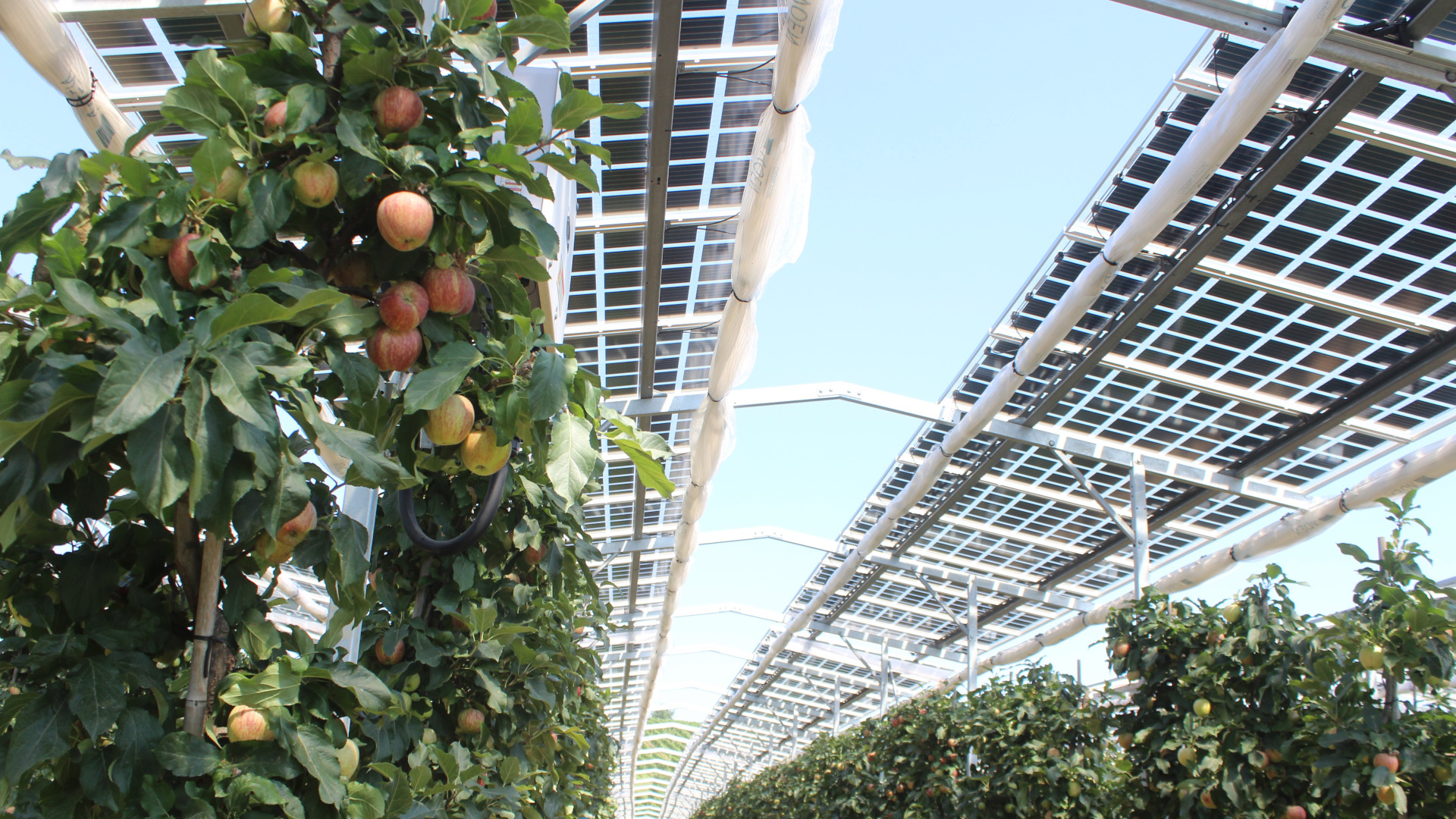Cell-based meat as astronaut food
Two independent ESA research teams have come to the conclusion that the production of cultured meat in space as a protein-rich food source would be particularly worthwhile on long-haul missions.

The production of meat from animal muscle cells in a bioreactor is a promising way of securing the supply of protein-rich food for the world's growing population without harming the environment and climate. The first cell-based meat products have already been authorised in Singapore and the USA. What is possible on earth could also enrich space missions. This is shown by initial investigations by two independent research teams from the European Space Agency (ESA) in Germany and the UK, who have tested the cultivation of cultured meat in space. The two teams are, on the one hand, the Baden-Württemberg company yuri and Reutlingen University and, on the other, the British companies Kayser Space, Cellular Agriculture and Campden BRI. The projects were financed from ESA's Discovery budget.
Making space missions resilient with lab meat
"The aim is to provide astronauts on long-term missions far from Earth with nutritious food and to overcome the typical shelf life of two years of conventionally packaged food. Given the limited resources in space, growing fresh food on site would be necessary to increase the resilience and self-sufficiency of a mission and could also provide psychological support for the crew," explains ESA engineer Paolo Corradi.
Promising nutritional similarities
In recent years, both teams have independently compared protein-rich food alternatives such as plants and algae with the nutritional value of laboratory meat and proposed different production methods for cultured meat as well as bioreactor technologies. "Following their analysis, both teams have come to similar conclusions, suggesting that the idea of producing cultured meat in space is not far-fetched and requires further research," says Corradi.
The development of technologies that improve bioprocesses and the utilisation of metabolic resources on board spacecraft is a key objective of ESA research. "We are developing ground prototypes to explore, for example, closed-loop systems that recover nutrients and recycle metabolic waste. This could also be applied to cultured meat production to recover the nutrient medium that we feed to the cells," explains Christel Paille, ESA life support engineer and part of the cultured meat research team. Tomato plants, algae and DNA have already been subjected to an endurance test in space on previous missions.
Further research on cultured meat in space required
A lot of research is still needed before astronauts can grow their own meat in space. "This includes understanding how cells adapt to changes in gravity and radiation," says João Garcia, ESA researcher for cultured meat for space applications. "By utilising the facilities available at ESA, we will soon begin experiments to understand these effects." The researchers also hope that the European Food Safety Authority will soon give the green light for the production of cultured meat in Europe, which will further boost research.
bb


